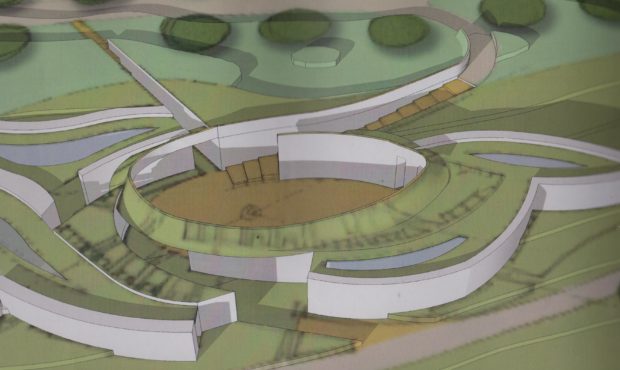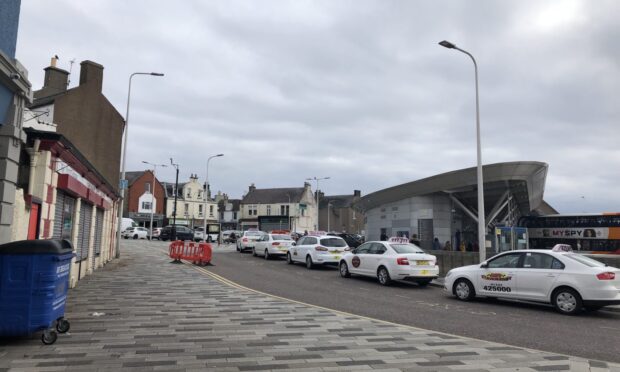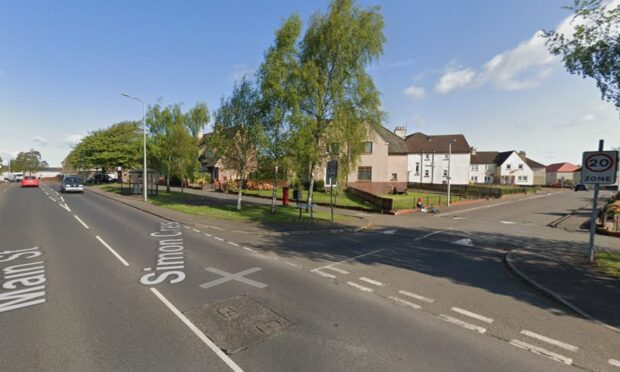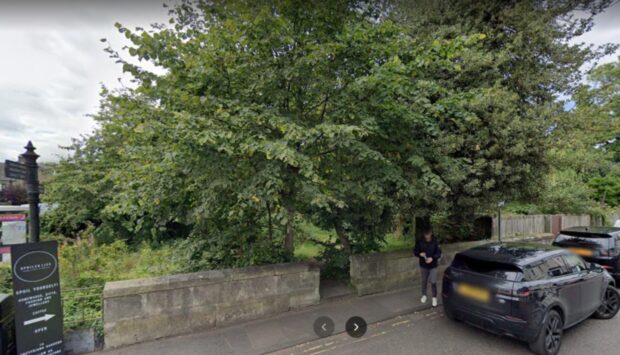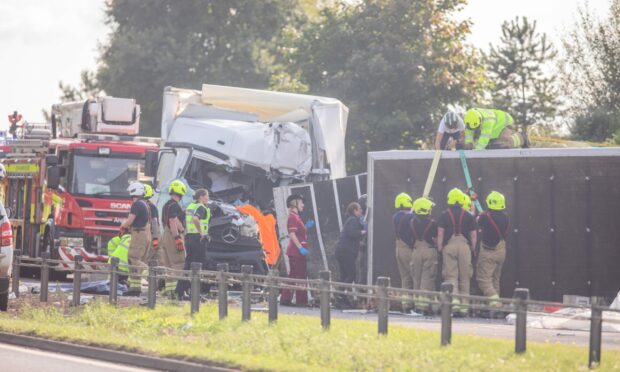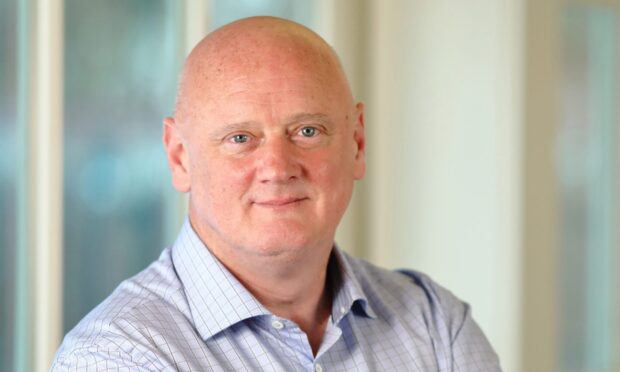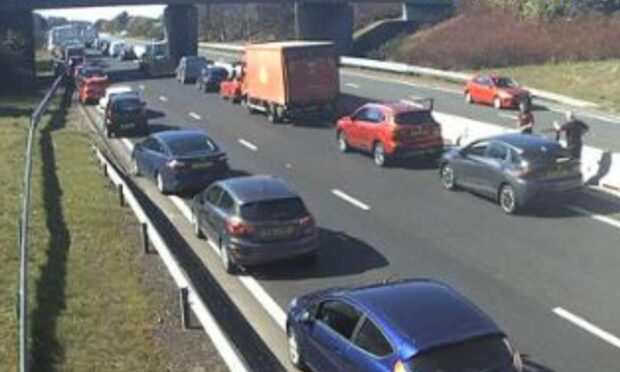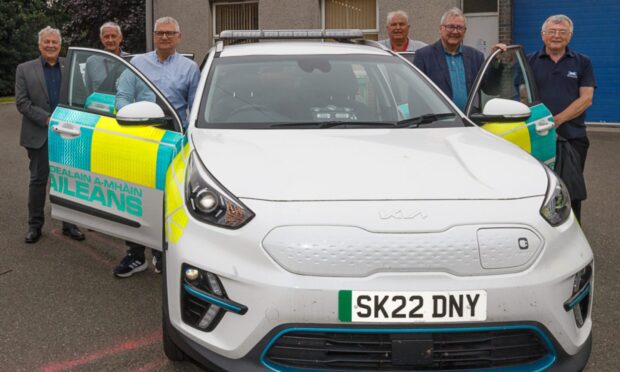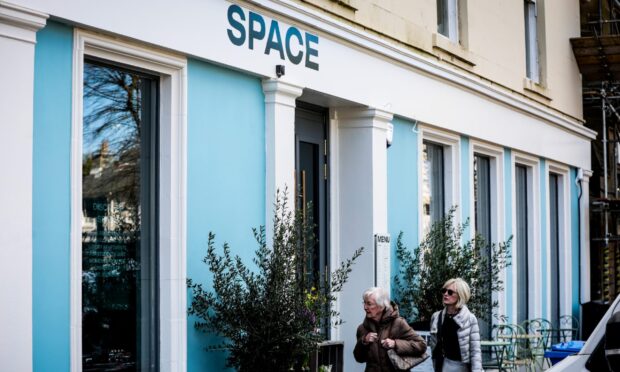The group behind plans for Fife’s first woodland eco-cemetery and columbarium have been awarded £12,000 to get the project off the ground.
Kinghorn Community Land Association (KCLA) wants to establish a community woodland near the loch with an attractive wildflower meadow where people of all faiths and none can be buried.
The money, agreed by members of Fife Council’s Kirkcaldy area committee, will pay for the development of the scheme’s first phase, as well as an access road and parking.
The request for funding from Kinghorn Common Good Fund was put to the vote after the three local councillors argued the committee should only grant half the money asked for.
SNP councillor Lesley Backhouse, Labour member Gordon Langlands and Conservative Kathleen Leslie questioned whether enough had been done to raise funds elsewhere.
Mr Langlands said: “They went straight to the community council to ask for common good for the whole chunk of money.”
Concerns were also raised over the limited level of engagement in the plan within the local community.
KCLA chairman Richard Brewster said funding had previously been awarded from Fife Environment Trust and that a further grant application to another body was being prepared.
“We were recently awarded a small grant from the Lottery Awards For All to employ someone to do engagement and raise the profile of the project,” he said.
Planning permission for what was described as a “unique place of remembrance” was granted in September 2017.
It will be built on 10 acres of land bought on behalf of the community two years previously.
Mr Brewster said the cemetery would develop into a natural woodland and peaceful remembrance space with spectacular views over the Forth.
People would be buried in shrouds or biodegradable coffins within a meadow rather than formal cemetery with paths, headstones and mown grass.
It is hoped the people of Kinghorn will become involved in the planting scheme.
The columbarium, a vault for funeral urns to be carved into the landscape on the shores of the loch, will form the main part of the second phase.
It will be based on an Iron Age barrow, a hollow mound with passages and a central walled area.
